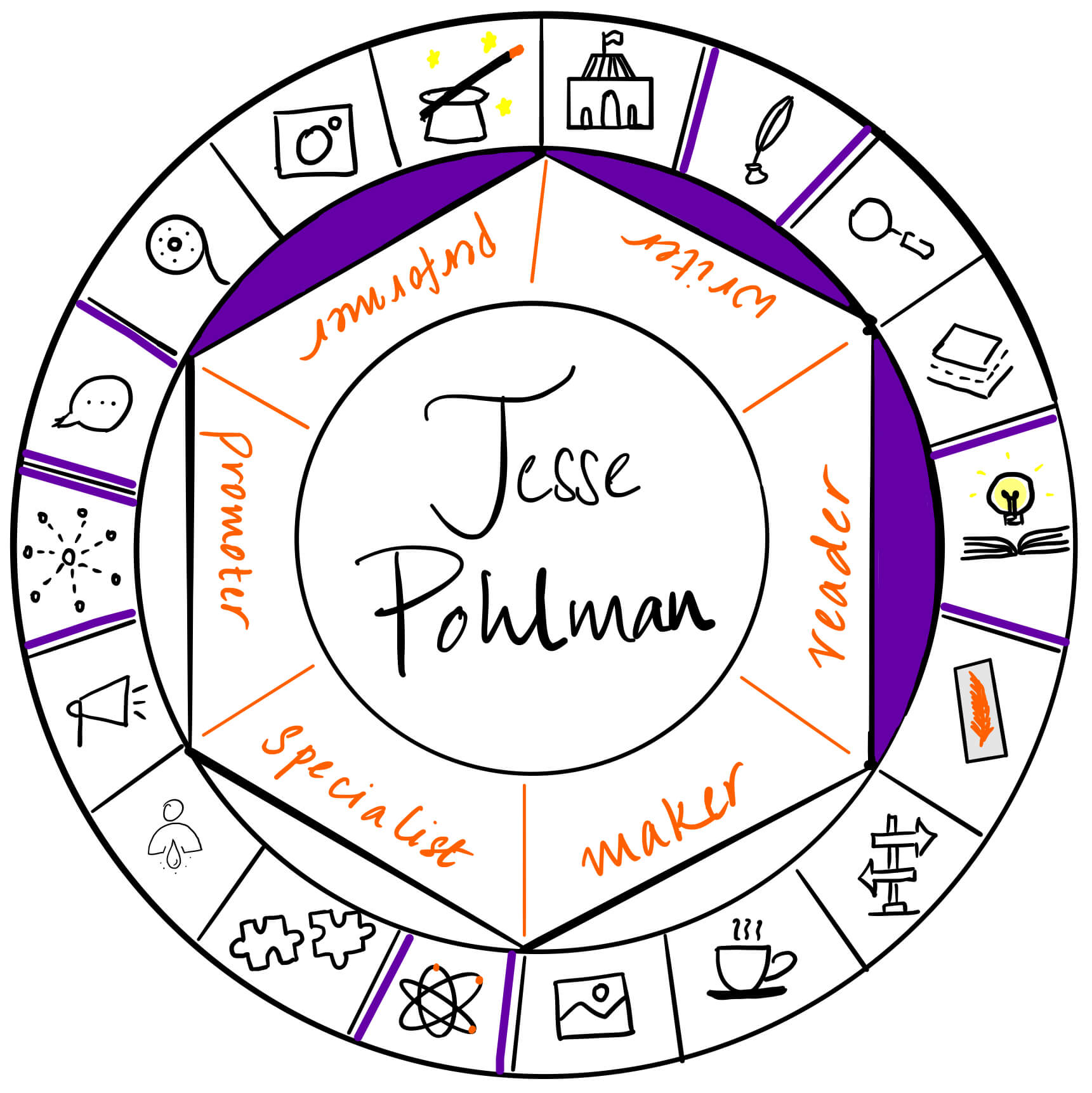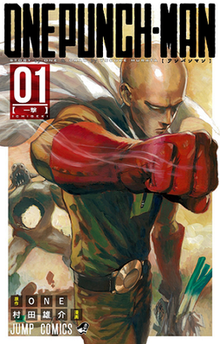
We have all see multiple editions of textbooks. Come to think of it, some books have multiple editions too, especially when I think of classics. I have read abridged versions, illustrated version amongst other version for Jane Eyre for example. During our Fantasy May in book nook, author Jesse Pohlman mentioned that his series, Pillars of the Kingdom was republished. I was curious about how he did that and I am really excited to have him with me today to share the process of revising his book.
The method elaborated in this article is the one he used, so this is a practically tested idea that you can apply, if you wish to, for revising your book too. Let’s learn from Jesse!
How Modern Distribution Allows For Publishing Perfection
After years spent sweating, churning out one title after another, any author is bound to improve on their craft. Especially for young writers, time is an ally; with it, their grammatical skills improve, they develop new ways to implement literary techniques, and their experience helps them refine their descriptive and dialogue deployment abilities. The only thing time doesn’t give to creators is the ability to change their past mistakes – or, at least, it didn’t used to. Today, thanks to self-publishing, digital distribution and print-on-demand technology, it’s easier than ever for an artist to return to previous works and, with the right set of editorial ethics in mind, improve on their original creations.
The One Punch Man Method

Let’s take the process of the mangaka behind the One Punch Man (OPM) manga, Yusuke Murata, as an example. Though he draws upon the original webcomic story by ONE, Murata has added entire story-arcs into the original plot-line. By utilizing a digital distribution method, Murata and his editorial staff allow freshly-minted manga to reach readers as soon as they are finalized. While these are eventually compiled into standard tankobon books for printed publication, Murata has often exercised his discretion to decide, “I don’t like that,” and go back to edit prior chapters. Most legendary among the OPM community is his penchant for re-drawing the “Child Emperor vs. Phoenix Man” encounter, which he’s re-drawn and re-written multiple times running up to its finalized print form. This means that readers have often read through a chapter of OPM and enjoyed it, only to find out that Murata made changes to it somewhere down the line and ‘erased’ their memory from the story.
Another series of micro-examples is when he changed sections of the manga to more closely streamline with major reveals from the original webcomic, cleaving towards consistency rather than his own creativity, such as the scene where Tatsumaki, the “Tornado Of Terror,” discovers the ‘monster’ Psykos lurking under-ground. Murata’s initial version of the manga set a different (if enjoyable!) tone from the same event in the original webcomic; for whatever reason, possibly fan reaction, Murata revised the chapter towards the original.
It’s hard to deny that part of the reason for these revisions has been to confirm to whatever fan feedback has dictated. Readers didn’t like his original portrayal of the monster Gokuetsu, and apparently he didn’t like it much either because it was revised before final publication was made. However, by being able to please their fans so directly, Murata and ONE are able to respond to what their readers expect of them in order to produce a story that jives with what they enjoy. It’s like doing one hundred push ups, one hundred sit ups, one hundred squats, and a ten kilometer run, every single day, and spreading those gains out over the page!
The Traditional Methods Of Revision
This is different from traditional publishing, wherein once a novel or essay is complete it is permanent. If facts are later proven wrong, the entire product is trashed. If the novel ages poorly in terms of character dialogue becoming out-dated, the book becomes simply a historical example. And there’s nothing wrong with this! To some extent, nothing can be future-proofed against the unyielding void of time. But if we’re talking about making time one’s ally, we can’t ignore that fantastic works of literature are lost to that void, forgotten.
The traditional solution to this has been to produce editions. College textbooks are especially good at this habit; for example, as historical excavations and research has improved over the years, textbooks are updated by both their original authors and, eventually, successor editors who can take new data and switch stories around. Is that old viking sword you thought was from the 1100’s really from the 900’s? Update that picture’s caption! The same applies for a novel; Huckleberry Finn is famous for having produced new editions in order to solve unfortunate, culture-of-publication language.
With digital and print-on-demand technology, however, today’s authors have the ability to go back, re-write, re-edit, and re-contextualize their work.
I’ve followed Murata’s example by going back to some of my earliest novels and hacking out errors and inconsistencies, alike, in my Pillars Of The Kingdom series. Back in 2005 I was, comparatively speaking, an absolute novice novelist. Come 2025, I will likely view my present self in the same light. (It might just be an author thing? I don’t know.) When it came time to finally complete the finale of the trilogy in late 2018, I looked back over the first two books and said to myself, “This has to be improved upon.” I pulled the original books down off of their distribution home, as I was pushing Kindle more heavily at the time, anyway, and I released digital second editions of both books. As I’ve focused on and improved my writing over the years, I’ve put some minor revisions into the second digital edition, meaning new readers and revisitors alike will see the upgrades.
Of course, there are some ethical challenges to this.
Does the author simply go through and fix mistakes, or do they re-write entire sections of the novel to suit a broader vision?
I would answer that by asking, in return, whether or not the author wants the reader to come away with a different impression of character arcs, thematic structure, or any other aspect of their craft? As someone generally opposed to historical revisionism, I’d argue that at some point the major plot arcs have to be finished and the characters shouldn’t change, but if you spot a typo? If you find an context clue error? Eliminate it.
After all, there’s always the potential for a third edition, or simply a new book to get to work on.
Is a story ever over if you’re still thinking about it?
I hope you enjoyed this guest post with Jesse about revising your book and the inspiration that One Punch Man creator offered him. Find Jesse on Twitter, Facebook, his Website, and Instagram.
And if you have not yet watched/read the One Punch Man series, check it out too! 🙂

Banner image from Unsplash.

Be First to Comment